Apple suppliers are now worried about a drop in demand for the 5G iPhone models
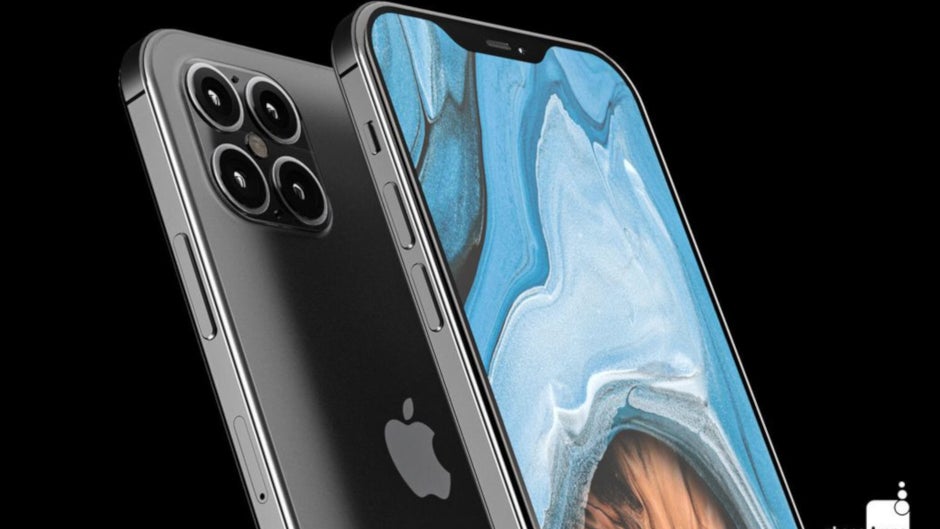
How well a device is selling depends on two factors, supply and demand. When the coronavirus first became a "thing," the concern on the part of Apple analysts was about the supply of iPhone units available. After all, Apple's manufacturing partners in China like Foxconn and Wistron had to stop production. Even three weeks ago when (as crazy as it now seems) people were actually walking in the streets of New York City unfazed by COVID-19, the problem for consumers was the low supply of certain iPhone 11 Pro Max configurations in carrier stores based in Manhattan.
A lot has changed over the last three weeks as the U.S. now has more coronavirus cases than any other country. Meanwhile, things in China have been getting better to the point that Foxconn and Wistron are gearing up to start production in July of the 2020 5G iPhone models. And Apple has reopened all 42 Apple Stores in China. But the biggest shift over the last few weeks is where the concern is now placed. Instead of worrying that Apple won't be able to make enough handsets to satisfy demand, with the U.S. nearly locked down and India totally shutdown (the third and second-largest smartphone markets worldwide, respectively), the big question is now whether there will be enough demand for the new 5G models.
The focus has changed from iPhone production out of China to iPhone demand in the U.S.
According to Reuters, a senior official at one of Apple's contract manufacturers says that the ramp-up in production for the 5G iPhones has been postponed although it is possible that these models will be released in the fall as originally scheduled. This same official claims that Apple 's iPhone orders for the current quarter that ends at the end of this month will be down 18% year-over-year.

Render of the Apple iPhone 12 Pro Max and its Quad-camera setup
This senior official, well versed on Apple's plans for the rest of this year, repeats exactly what we've noticed about the rebound in China; it's taking place at exactly the same moment that the COVID-19 outbreak is worsening in the U.S. and elsewhere. For example, while Apple reopened all of its retail stores in China, elsewhere around the world it closed all of its brick and mortar locations although a leaked memo indicates that some of these stores might reopen early next month. The aforementioned supply chain official told Reuters, "No one is talking about manpower or material shortage (in China) anymore. Now everyone is looking at whether demand from the U.S. and Europe could keep up. The focus now is the demand from consumers in the U.S. and Europe."
We recently mentioned that while China's supply chain is on the mend, Apple's Malaysian supply chain has closed because of the coronavirus. This led one official at a supplier in the country to state, "Things are changing on a day by day basis due to supply chain disruptions, so it is difficult to craft any meaningful comment at the moment about both supply and demand."
One company that Apple sources iPhone displays from has lowered the expectations of panels it will ship to Apple this year from 70 million to 58 million. This supplier says that it probably will have to pink slip some of the workers in Vietnam that help assemble the displays for Apple before they are shipped to China to be used in iPhone models.
It isn't too late however for Apple to see strong demand for new iPhone models in the states. But this scenario would require a "V-Shaped recovery" that Canaccord Genuity analyst Michael Walkley doesn't see coming. Instead, he says that "Our base case scenario assumes a shock to June quarter demand with steadily improving results." Civis Analytics conducted a survey of 2,600 consumers in the states between March 18-20 and more than half said that they expect to spend the same amount on consumer electronics as before the outbreak started. But this response carried the condition that the crisis had to be contained over the next few weeks. If not, and the crisis gets worst in the states, 33% of the consumers said that they would spend more on consumer devices. The same percentage said that they would spend less with the remaining third stating that they would spend the same.
There is no doubt that the situation is confusing. One company that makes a sensor for the iPhone says that it still makes and ships parts for the handset and that for the March quarter, it delivered more parts to Apple than it did the year before with another gain expected for the second quarter. One person familiar with the sensor supplier said, "We were given a forecast for this quarter before the pandemic, about a month ago. And now we are still producing as per the forecast given to us."
Follow us on Google News









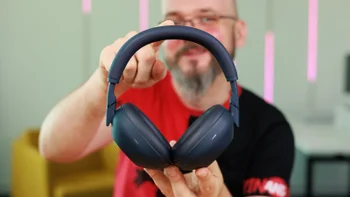

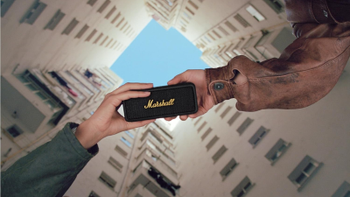
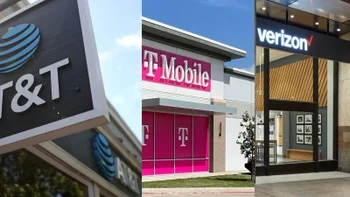
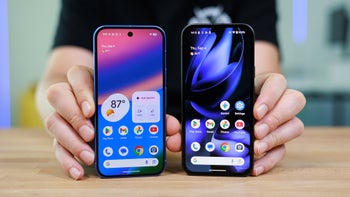
Things that are NOT allowed:
To help keep our community safe and free from spam, we apply temporary limits to newly created accounts: